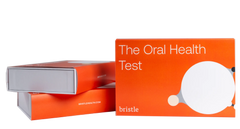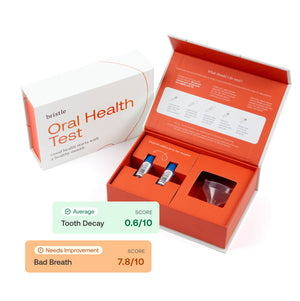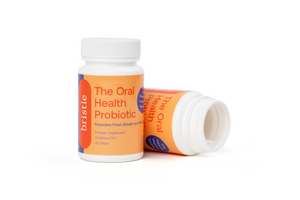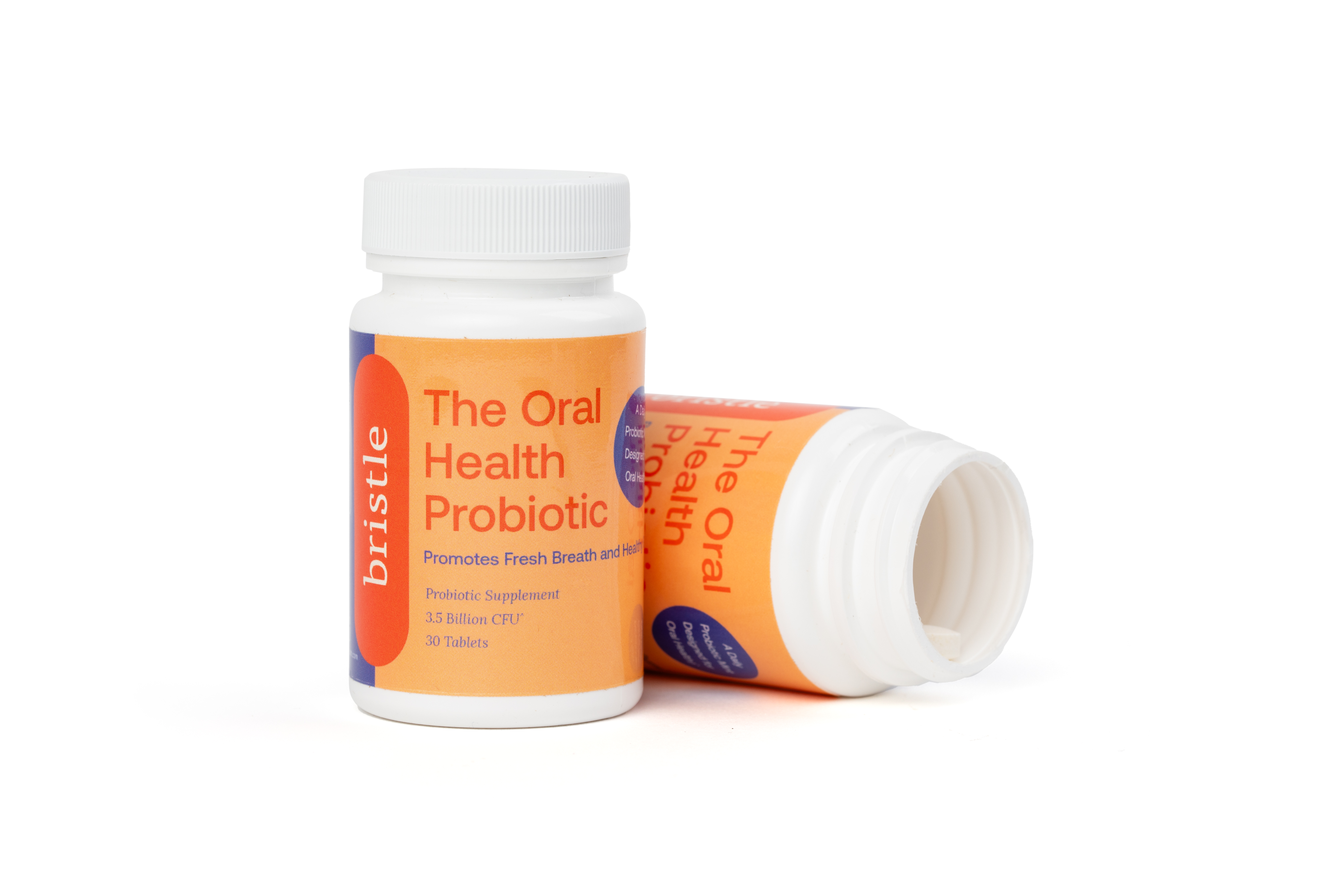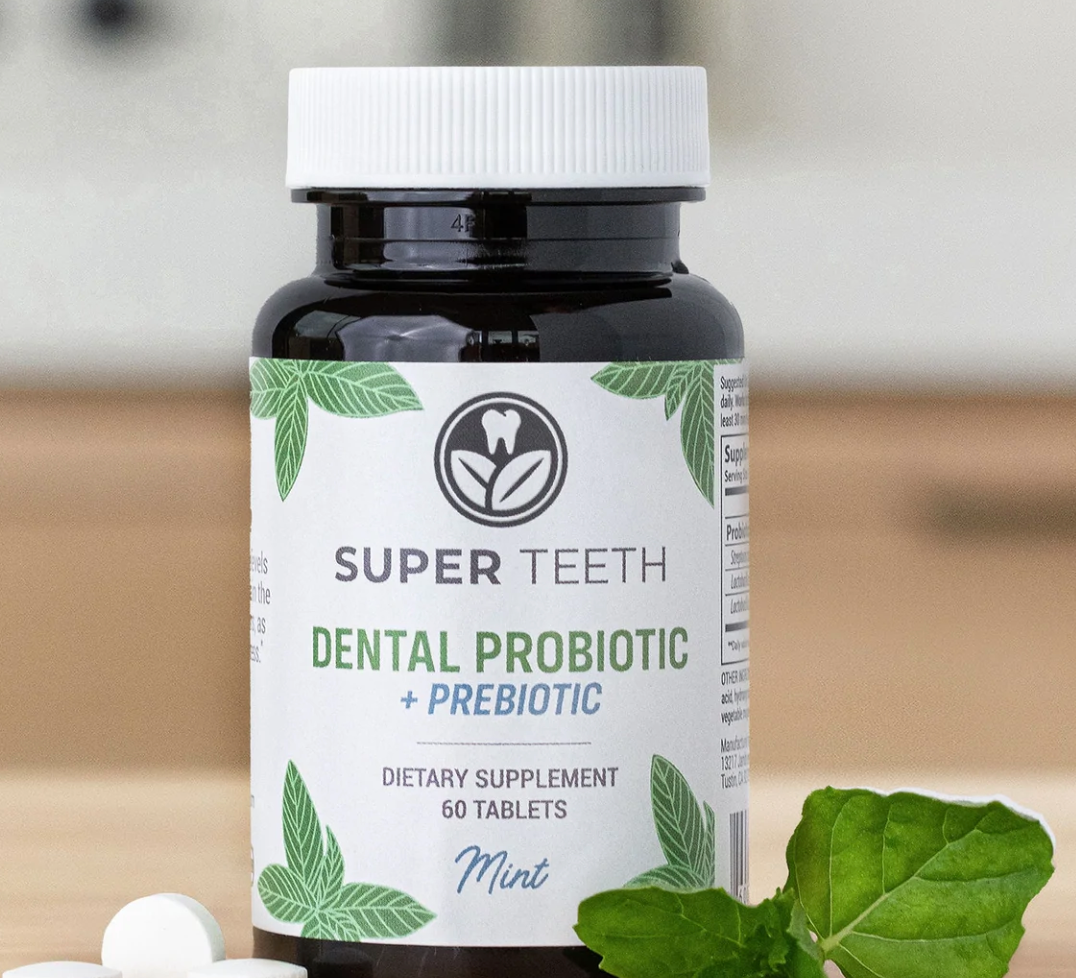Bristle research digests are short research articles that share some of the insights around the oral microbiome and how it impacts health and disease. All data come from Bristle’s internal research, which leverages the Bristle Comprehensive Oral Microbiome Test, a saliva-based at-home test that measures microbes in the oral microbiome using shotgun metagenomic sequencing.
Summary
Here we show that increased oral microbiome diversity is associated with gum disease, but not active tooth decay. Oral microbiome diversity is also correlated with flossing and brushing frequency regardless of disease status. Increased flossing frequency plays a greater role in microbiome diversity than brushing frequency. We are currently investigating how other habits such as mouthwash types, mouthwash frequency, dietary changes, or supplements may affect diversity of the oral microbiome in health and disease.
Background
Microbiome diversity is often used as a singular measure of the “health” of a microbiome. In the gut microbiome, higher diversity is correlated with better gut health, while lower diversity is correlated with poor gut health. Additionally, in ecology, increased diversity is associated with ecosystem stability. Here, we’ll take a look into diversity in the oral microbiome and whether the same correlations with diversity hold true in the mouth.
Methods
The Bristle Comprehensive Oral Microbiome test analyzes the oral microbiome by measuring the relative abundance of over 30,000 bacterial strains. Using the oral microbiome, Bristle has developed scores for gum inflammation, tooth decay, and halitosis. Here we share a number of our research findings through analyzing the oral microbiome with lifestyle, hygiene, and other data to provide data-driven recommendations on how you can improve your health. We looked at whether self-reported behavior affects the diversity of the oral microbiome, and whether these parameters are correlated with outcomes of oral disease.
Results
For all of the graphs below:Each dot represents the microbiome scores calculated from a single saliva sample from a different Bristle user. The boxplots show the 25th, 50th, and 75th quantiles for each group. The y axis from each plot shows Shannon Diversity Index (alpha diversity) and the x-axis shows the indicated variable. The dots are jittered for easier visualization. P-values calculated by Wilcoxon rank sum are shown at the top of each plot.
First, we measured alpha diversity across samples where people reported having cavities or periodontal disease just prior to taking a Bristle test. Alpha diversity takes into consideration the total number of species, and their evenness. We found that people with existing periodontal disease had significantly increased diversity compared to people without. Alternatively, we found that people with active tooth decay had similar diversity to people without.


We further tried to dissect whether hygiene habits could contribute to changes in oral microbiome diversity. Using self-reported data, we found increased weekly flossing was associated with decreased diversity.

Additionally, diversity was highly correlated with flossing frequency even when controlling for periodontal disease status, as we saw that periodontal disease was a significant driver of diversity.

Interestingly, while diversity was highly correlated with flossing frequency, we found that frequency of brushing seemed to have a minor influence on diversity as well. People who reported brushing only once per day trended towards higher diversity, even when controlling for the frequency of flossing. By contrast, flossing frequency was strongly associated with a decrease in diversity in people who reported brushing twice per day, but not once per day.


Conclusions
We found that increased oral microbiome diversity was associated with periodontal disease, but not active tooth decay. While the association between increased diversity and periodontal disease is not novel (1,2), none have controlled for the effects of oral hygiene habits. We speculate that this association with periodontitis is driven by the expansion of the subgingival niche, and outgrowth of anaerobic pathogens that colonize the periodontal pocket. By contrast, the lack of difference in microbiome diversity between people with active tooth decay and those without may be because the pathogens that drive caries progression are typically found at very low abundance in the oral microbiome. Other measures of diversity may capture the difference in very low abundance species more effectively than the Shannon Index.
The increase in oral microbiome diversity in disease has been demonstrated in other studies. However, we show that behavioral change such as brushing and flossing frequency also have an impact on diversity. Increased flossing frequency was highly correlated with a decrease in diversity, possibly due to a reduction in the abundance of anaerobic pathogens that colonize the subgingival pocket. This is consistent with our previous findings that Bristle gum inflammation scores (derived from an algorithm that summarizes the pathogen burden) are consistently lower in people who report more frequent flossing. One major caveat of these findings is that users who floss more frequently may generally take better care of their oral health.
Increased diversity in the oral microbiome may serve as an early warning of declining periodontal health, and can be a useful indicator of the efficacy of oral hygiene habits and regimens.
We are currently investigating how other habits such as mouthwash types, mouthwash frequency, dietary changes, or supplements may affect diversity of the oral microbiome in health and disease.
